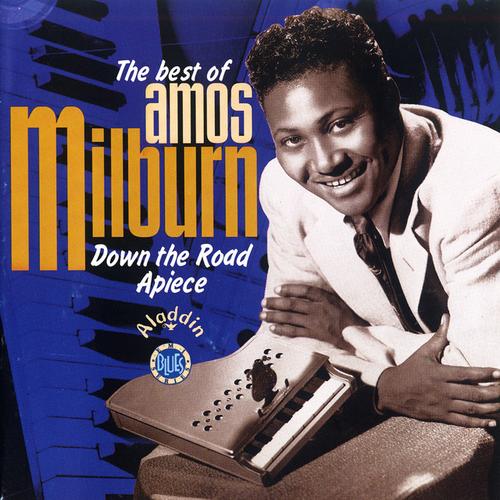
Who Was The Pianist That Had Rhythm & Blues Swinging?
Amos Milburn was a name that echoed through the halls of rhythm and blues history, reverberating with the clinking of ivories and a raucous laughter that captured the very essence of post-war jubilance and the birth of rock 'n' roll. Born in Houston, Texas on April 1, 1927, Milburn rose to fame in America during the 1940s and 1950s, a period that saw the transformation of the music scene into what would become the foundations of modern music culture.
But what made Milburn stand out? It was his vibrant brand of rhythm and blues, jazz, and blues, which was enlivened by an infectious sense of humor that spoke directly to the celebrations and struggles of the time. His music was a spirited soundtrack to an era, and songs like "Chicken Shack Boogie" became anthems of the nightlife, with rhythms that insisted you move and grooves that were beyond contagious.
Discover Amos Milburn's music on TikTok Music, where his legacy continues to inspire musicians and fans alike. Experience the tracks that once filled the airways and jukeboxes, spreading an energy that was impossible to ignore.
Milburn's tales of carousing and love adventures were not just idle storytelling. They were a reflection of post-war America's eagerness to live life to the fullest, an emotional and societal pulse vividly captured in his witty lyrics and lively piano hooks. His influence was felt far and wide, with his style laying the groundwork for many rock 'n' roll artists to come.
Throughout his career, Milburn was tied to the legendary label Aladdin Records, where he produced hit after hit, leaving us a collection that today stands as a testament to his incredible talent. His approach to music was both ahead of its time and deeply rooted in the traditions he knew so well, making his work a perfect bridge between the past and future of music.
Tragically, we lost Amos Milburn in 1980, but his music lives on, telling his story and the story of rhythm and blues through every note played. Take a moment to groove to the rhythm of Amos Milburn's piano, and you'll find yourself transported back to an era where music was a vivacious celebration of life's great dance.



